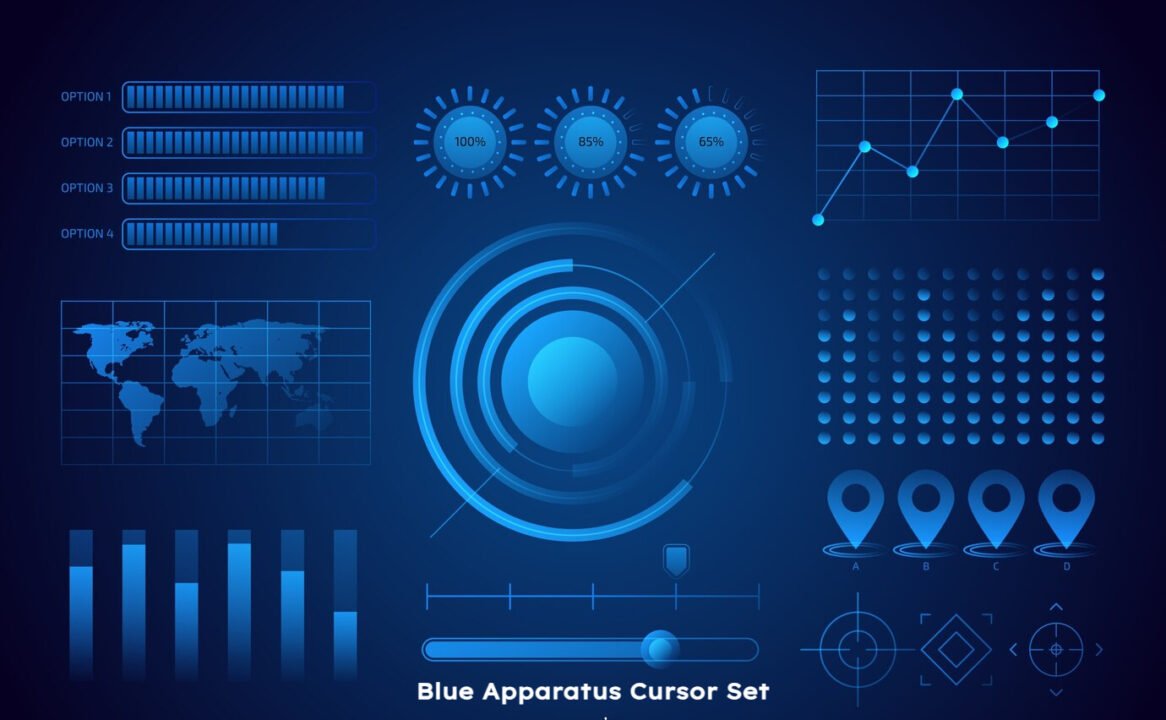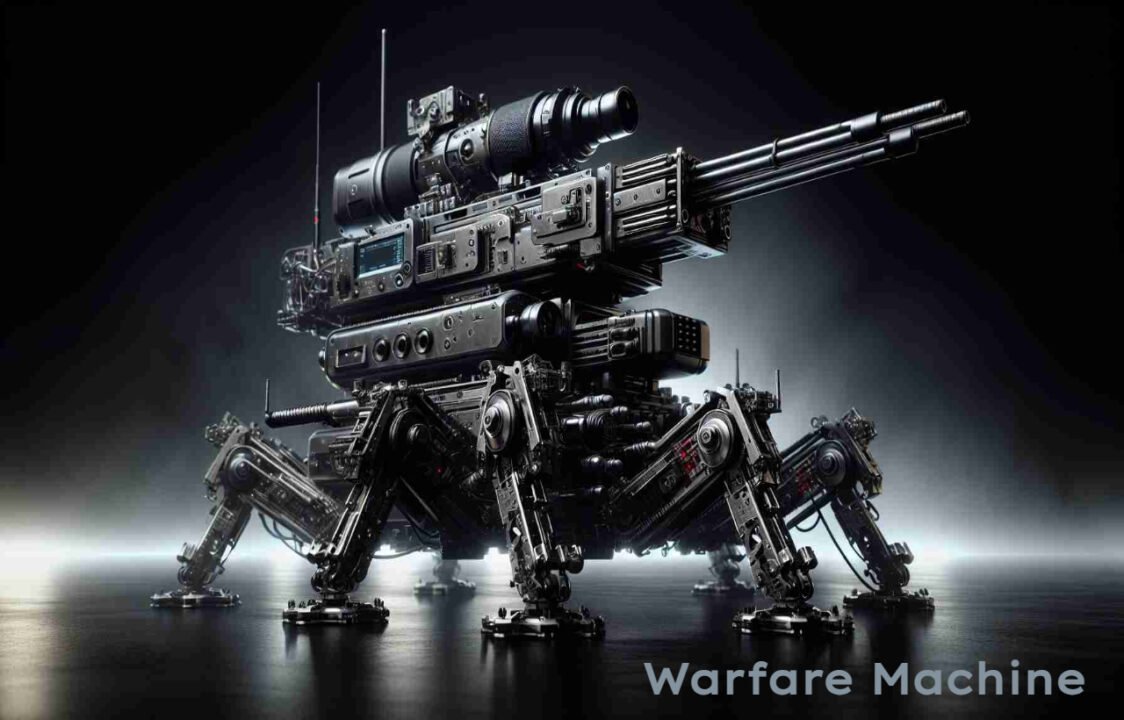The maraca camera is a unique hybrid device that combines two seemingly unrelated worlds—music and photography. This innovative gadget not only captures images but also produces sound, creating a revolutionary experience for both musicians and photographers alike. Its design and concept bridge the gap between visual and auditory arts, offering new opportunities for creative expression. In this article, we will explore the fascinating details behind the maraca camera, its functionality, and its potential uses in various industries.
What is a Maraca Camera?
The maraca camera is a dual-purpose device that functions as both a musical instrument and a camera. Inspired by the traditional maraca, a percussion instrument commonly used in Latin American music, this cutting-edge gadget captures high-quality images while producing rhythmic sound. Users can shake it like a traditional maraca to create beats, and simultaneously, it takes pictures. This fusion of sound and imagery makes the maraca camera a versatile tool, appealing to creative professionals who seek to push the boundaries of both music and visual arts.
You May Also Like: Software Evernote: The Ultimate Tool for Productivity and Organization
The Mechanics Behind the Maraca Camera
At its core, the maraca camera operates through a combination of simple yet ingenious mechanisms. Embedded inside are small sensors that detect movement, which are activated when the user shakes the device. The exterior mirrors the shape of a typical maraca, with a hollowed section housing the camera lens. As the maraca is shaken, the device captures images based on the rhythm and movement of the user. Additionally, it generates sound through the rattling of small beads or electronic sound mechanisms embedded within the instrument.
How Does the Maraca Camera Work?
The maraca camera functions by utilizing motion sensors and internal electronics. When the maraca is shaken, the built-in camera is triggered to take a picture. Simultaneously, the internal elements—such as beads or digital sound processors—create a rattling sound or synthesized music. The combination of sound and photography provides a unique sensory experience, allowing users to create both visual and auditory art with a single motion.
The camera is programmed to take snapshots depending on the intensity and frequency of the shakes. This introduces a whole new dynamic to photography, as images captured are not predetermined or static. Instead, they are a direct result of the musician’s movement, creating a more organic and expressive visual outcome.
The Creative Possibilities with Maraca Camera
One of the most exciting aspects of the maraca camera is the wide range of creative possibilities it offers. This tool can be used in various fields, from music production and live performances to photography and visual art installations.
For musicians, the maraca camera provides a way to integrate visual storytelling into their performances. A percussionist could perform a rhythmic sequence and simultaneously capture images of the audience or the environment, adding a new layer to the live experience. Photographers, on the other hand, can utilize the maraca camera for dynamic shoots, where the act of shaking the camera introduces movement and spontaneity into their work.
Additionally, the device could serve as an educational tool for students interested in exploring the relationship between sound and image, creating interdisciplinary projects that involve both music and visual arts.
Potential Applications in the Music Industry
The music industry, in particular, could benefit greatly from the maraca camera. Musicians and performers could use this innovative gadget during concerts, live shows, or even in music videos. Imagine a performer shaking a maraca camera on stage, creating rhythm while simultaneously capturing the audience’s reaction in real time. This adds an interactive element to performances and could be a fresh way for artists to engage with their fans.
Furthermore, music producers and sound engineers could use the device in studio settings to create soundscapes and image collages that correspond with musical tracks. This can lead to more immersive listening experiences where the audience is not only hearing the music but also visualizing the creative process through images captured with the maraca camera.
Photography with the Maraca Camera
In terms of photography, the maraca camera brings something new to the table. Traditional photography often requires precision, with steady hands and deliberate framing being key to capturing the perfect shot. However, the maraca camera introduces an element of unpredictability, as the images captured are based on the user’s movement. This allows for a more fluid and experimental approach to photography, where the final outcome is not always premeditated.
By incorporating rhythm and sound into photography, the maraca camera can change how photographers approach their art. It encourages spontaneous and creative expression, where the movement of the camera becomes part of the artistic process.
The Impact on Visual Arts
Beyond music and photography, the maraca camera could also have a significant impact on the broader field of visual arts. Artists who work with multimedia or performance art could integrate the maraca camera into their practice, using it to create live, interactive installations. For instance, an artist could shake the camera in sync with music or sound effects, capturing images that evolve with the performance.
This could also be an excellent tool for collaboration, as multiple artists from different disciplines—such as musicians, photographers, and visual artists—could work together to create pieces that combine sound, movement, and imagery.
Technological Innovations in the Maraca Camera
The technology behind the maraca camera is what makes it truly special. It uses advanced sensors, processors, and cameras to provide a seamless integration of sound and image capture. The device can be customized to include different sound effects, and the camera settings can be adjusted to capture images in various lighting conditions or angles.
Moreover, many versions of the maraca camera are equipped with Wi-Fi or Bluetooth capabilities, allowing users to instantly share their images on social media or sync them with other devices. This makes the maraca camera not just a tool for creative expression but also a social gadget that connects artists and audiences in real-time.
Maraca Camera for Interactive Marketing and Events
The maraca camera has the potential to be a powerful marketing tool for brands looking to create interactive and engaging experiences. For instance, at promotional events or product launches, a maraca camera could be used to encourage attendees to interact with the brand in a fun and memorable way. As people shake the maraca, the camera could capture candid moments, which could then be shared on social media platforms or displayed in real time on event screens.
Event organizers can leverage this device to entertain and engage audiences, offering something beyond traditional photography or entertainment. The maraca camera can help create memorable moments that are both visually appealing and audibly dynamic.
The Future of Maraca Camera
The maraca camera represents a new era of hybrid technology, where sound and imagery are no longer separate entities but rather part of a cohesive creative experience. As technology advances, we can expect future versions of the maraca camera to include even more sophisticated features, such as augmented reality capabilities, 360-degree image capture, and integration with other smart devices.
It’s clear that the maraca camera has the potential to change the way we think about both photography and music. By merging these two forms of expression, this innovative device could pave the way for new artistic movements and collaborative efforts in the world of multimedia art.
The maraca camera is a bold innovation that brings together sound and imagery in a way that has never been seen before. Whether you are a musician looking to add a visual element to your performance or a photographer seeking new ways to capture dynamic moments, this device offers endless possibilities for creativity. Its potential applications in the music industry, photography, marketing, and visual arts are vast, and as technology continues to evolve, the maraca camera could become a staple in both creative and professional environments.
As the worlds of music and photography continue to intersect, the maraca camera stands as a testament to what’s possible when innovation, technology, and creativity come together. With its ability to capture images and sound simultaneously, it is a tool that can redefine how we experience and produce art.
FAQs
What is the maraca camera used for?
The maraca camera combines music and photography, allowing users to capture images while producing sound.
How does the maraca camera work?
By shaking the device, users trigger both sound production and the camera’s image capture capabilities.
Can the maraca camera be used in live performances?
Yes, musicians can use it during live performances to add a visual storytelling element while creating rhythmic sound.
Is the maraca camera suitable for professional photographers?
The maraca camera is ideal for creative photographers looking to experiment with movement-based image capture.
Does the maraca camera require batteries or charging?
Most models are equipped with rechargeable batteries, while others may require standard battery replacements.
Can the images be shared instantly?
Some maraca cameras feature Wi-Fi or Bluetooth connectivity for instant sharing of images on social media or other platforms.





